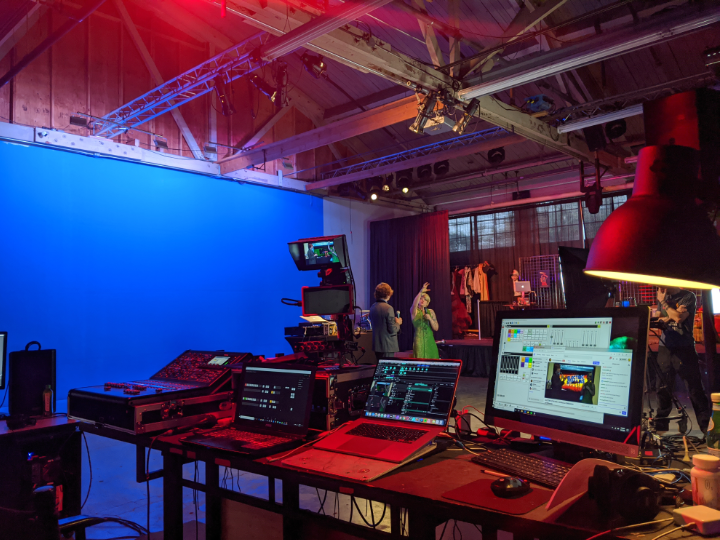Overcoming Obstacles in the Craft of Video Image Mapping Execution
Wiki Article
Video projections mapping technology is an innovative technology that converts ordinary areas into engaging presentations. This method enables artists and designers to cast images and videos onto items like buildings, statues, or stages, creating an immersive aesthetic experience. However, despite its potential, implementing video projection mapping successfully comes with several obstacles. Understanding and overcoming these hurdles is crucial for anyone seeking to create impactful projection art.
One of the primary difficulties in video projection mapping is guaranteeing that the displayed image matches perfectly with the object. This process, known as "mapping," requires precise calculations and calculations. If the display is not aligned properly, the visuals can look distorted or off. To address this problem, creators often use dedicated software that assists in mapping the visuals to the object's size. Moreover, conducting thorough tests before the ultimate projection can help identify any discrepancies and enable for modifications to be made.

Another significant obstacle is the different brightness and hue of the projected visuals. Different surfaces respond differently to light, which can influence how the colors look once projected. For instance, a pale surface will bounce brightness Full Report differently than a deep one. To overcome this, artists must think about the surface characteristics before choosing the hues and light levels for their projections. Testing the display on the actual surface during the preparation phase can provide valuable understanding into how look at this website the final presentation will appear.
Technical difficulties can also pose a challenge in video projection mapping. Issues such as equipment failure, software glitches, or connectivity problems can disrupt the entire production. To minimize these risks, it is vital to conduct comprehensive hardware checks and have backup plans in place. This can include having additional cables, projectors, and even alternative software choices ready to go. Being ready for technical difficulties can ensure a more seamless execution of the projection.
Finally, audience engagement is an important aspect of video projection mapping. While the visuals are critical, how the audience interact with the display can make a significant difference. Artists must consider about how to create their displays to attract viewers’ attention and promote participation. This can entail adding elements that encourage engagement or create a story that connects with the viewers. Gathering input from test audiences can also help refine the presentation to enhance engagement.
In conclusion, overcoming challenges in video projection mapping demands meticulous preparation and creativity. By tackling the issues of matching, luminosity, technological problems, and viewer engagement, artists can create spectacular and effective projections. With the right strategies in place, video projection mapping can transform ordinary spaces into extraordinary encounters, engaging viewers and leaving a memorable impression.